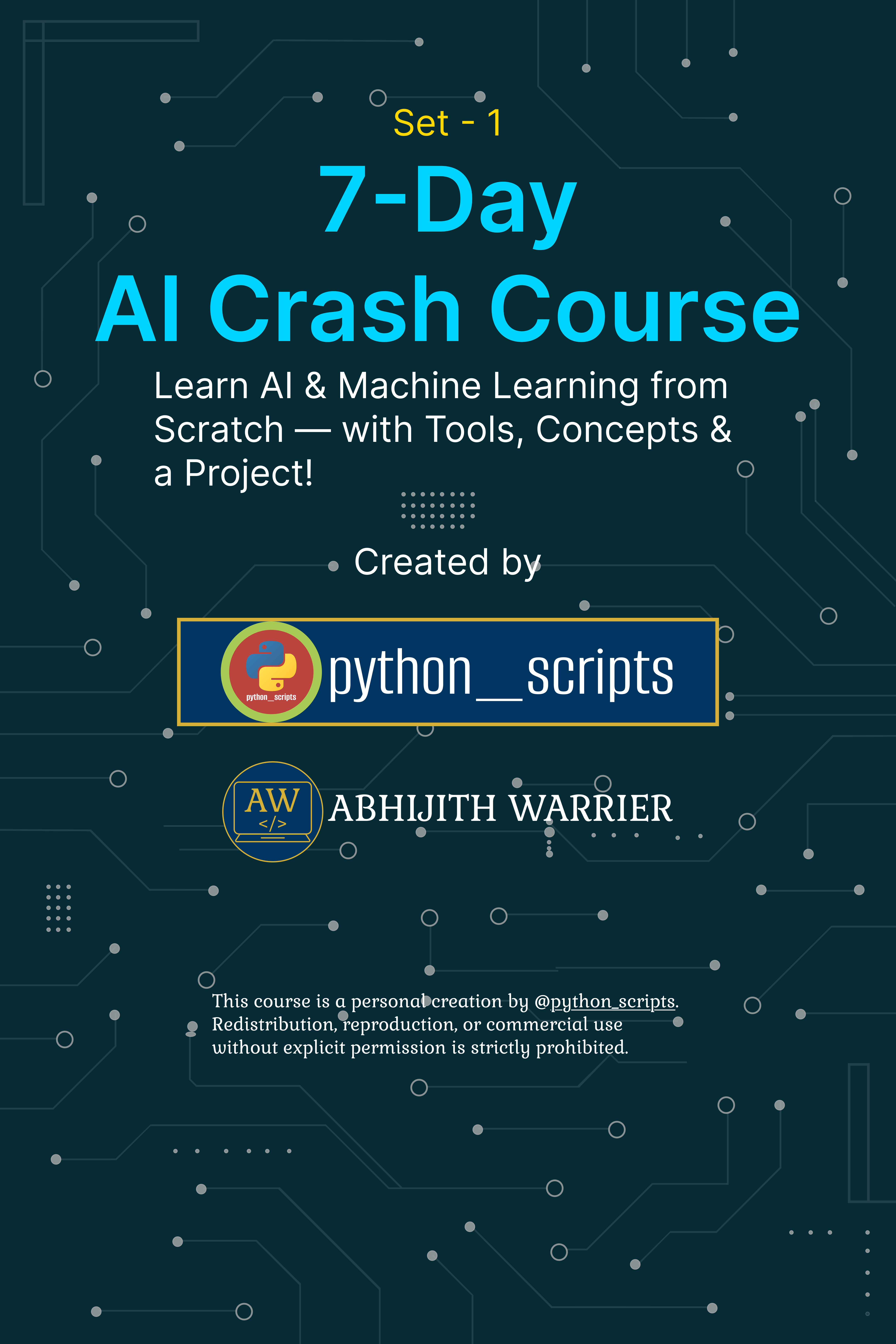Tech Trends: Apple Launch 2025 — The M5 Era Begins
Posted On: October 15, 2025 | 4 min read | 1
October 15, 2025 marked Apple’s official entry into its next silicon generation with the debut of the powerful M5 chip and an upgraded lineup of devices built around it.
Rather than chasing design novelty, Apple focused on architecture, intelligence, and on-device AI performance, reshaping how Macs, iPads, and Vision Pro handle compute-intensive tasks.
🧠 The Heart of Everything — The M5 Chip
At the center of today’s announcements lies Apple’s most advanced chip ever: M5.
- 3.5× faster AI performance vs M4, driven by a redesigned Neural Engine and improved on-die memory controller.
- 1.6× faster GPU and 25% higher memory bandwidth, enabling real-time rendering, ray-traced graphics, and accelerated compute workflows.
- Energy-Efficiency Boost: Built on a refined 3-nanometer process, M5 delivers higher throughput at lower thermal load.
- On-Device AI Compute: Apple Intelligence now runs entirely offline for tasks like code generation, text synthesis, and visual inference.
- Unified Architecture: Designed to scale seamlessly from MacBook Pro → iPad Pro → Vision Pro, ensuring performance parity and cross-device AI continuity.
This is more than a performance bump — M5 is Apple’s silicon strategy distilled into a single architecture.
💻 MacBook Pro 14-inch (M5)
Apple refreshed the 14-inch MacBook Pro lineup with the new M5 chip, maintaining its industrial design but supercharging what lies beneath.
- AI Performance: Up to 3.5× faster model inference and creative workflows.
- Graphics: 1.6× GPU uplift with hardware-accelerated rendering for pro apps like Final Cut Pro and Blender.
- Battery: Up to 24 hours of runtime — the longest ever on a Pro Mac.
- Storage: Configurable up to 4 TB SSD.
- Availability: Pre-orders open today; shipping begins October 22, 2025.
🧩 Developers should note: the M5’s enhanced NPU now supports on-device model compilation through Core ML 4 and Apple Intelligence APIs.
📱 iPad Pro (M5)
The new iPad Pro with M5 merges desktop-class compute with tablet mobility.
- AI Acceleration: 3.5× faster AI tasks — think background object removal, voice summaries, or real-time translation in apps.
- iPadOS 26 Synergy: Enhanced multitasking, code assist, and AI-driven design tools for creatives.
- Display: Retains the Ultra Retina XDR panel with improved contrast and reduced power draw.
- Storage: Up to 2 TB, now with faster NVMe throughput.
This update quietly transforms iPad Pro into a portable AI workstation — not just a tablet.
🥽 Vision Pro (M5 Upgrade + Dual Knit Band)
The Vision Pro now joins the M5 family with both a hardware refresh and a comfort upgrade.
- Performance: ~10% more pixels, 120 Hz refresh rate, and 50% faster AI processing for environment mapping and gesture prediction.
- Battery: +30 minutes life extension through M5’s efficiency core tuning.
- New Dual Knit Band: Improved fit, reduced pressure points; compatible with previous Vision Pro models.
- AI Use Cases: Real-time scene understanding, voice prompting, and mixed-reality workflow adaptation.
Vision Pro + M5 marks a major step toward fully integrated on-device AI XR experiences.
🔍 Strategic Signals from Apple
- Unification of Compute: M5 creates a single performance baseline across form factors.
- On-Device AI Push: Apple Intelligence becomes a native layer for creators and developers.
- Pricing Strategy: Maintained tiers = lower upgrade resistance for users.
- Risk Factor: Minimal visual redesigns could draw criticism for being “iterative” — but the real shift is under the hood.
🧩 Conclusion — The Foundation for the Next Decade
Apple’s 2025 event wasn’t about new shapes or colors — it was about intelligence inside silicon.
By placing M5 at the core of every device, Apple is building a future where AI runs locally, silently, and seamlessly — without cloud dependency.
In short:





No comments yet. Be the first to comment!